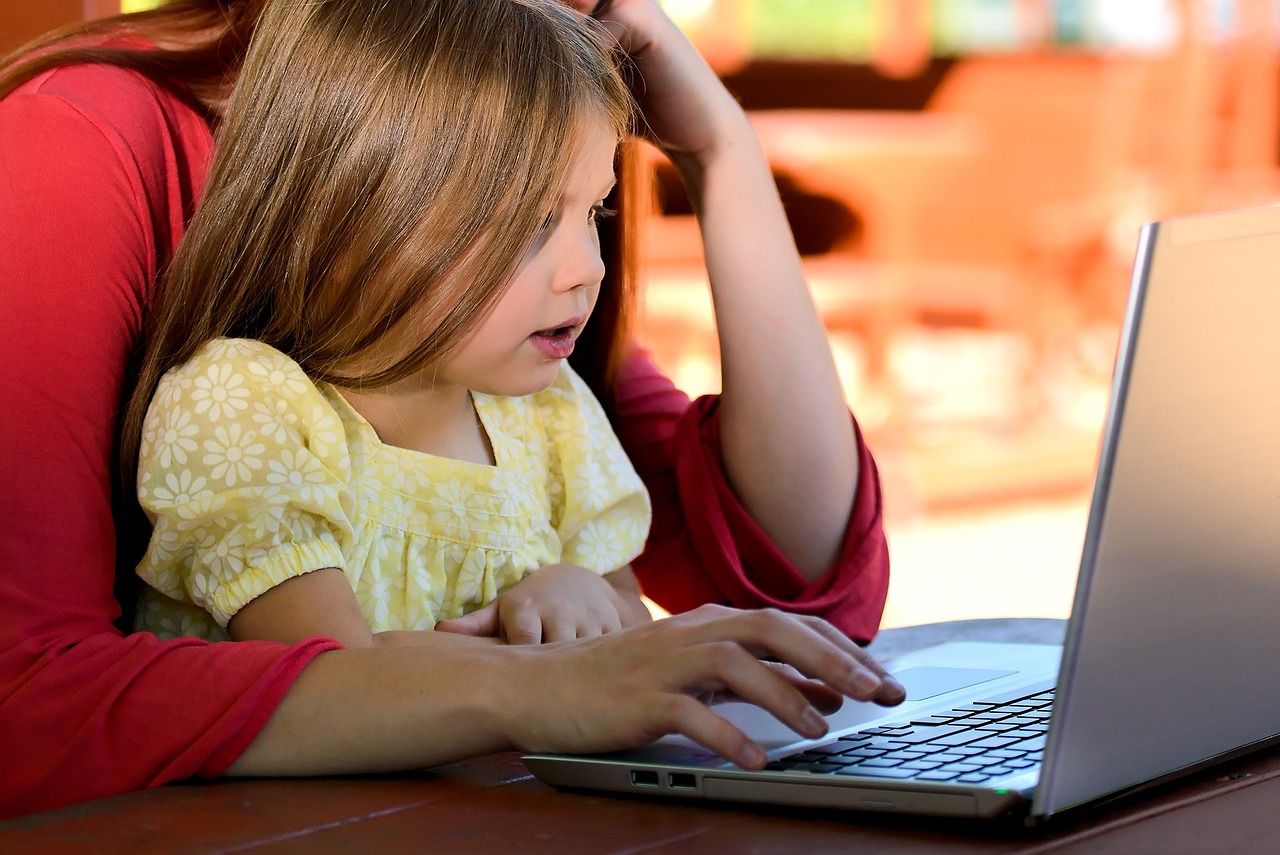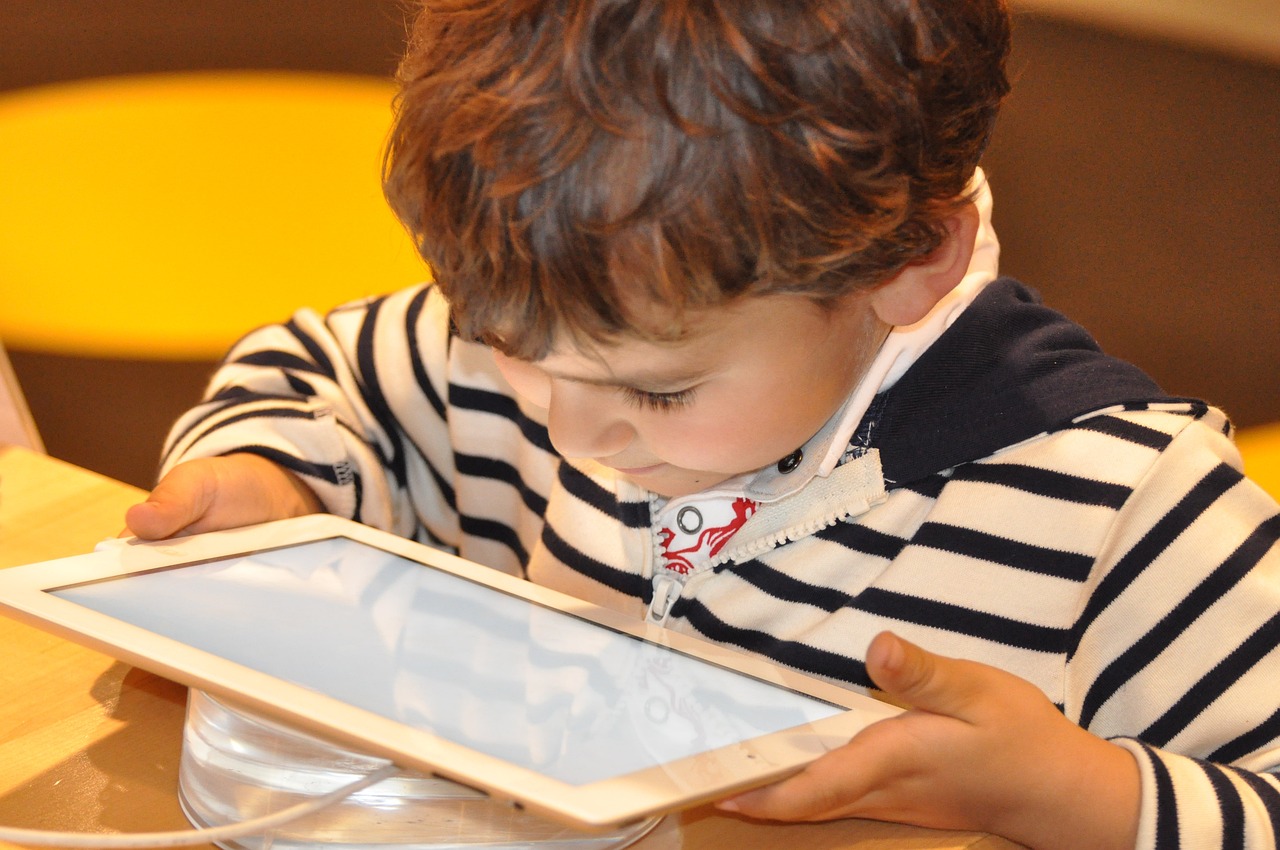To strike the right equilibrium between screen time and other obligations, one must first acknowledge the potential risks associated with excessive usage. Sedentary behaviors resulting from prolonged screen time can contribute to a multitude of health issues such as obesity, eye strain, and even mental health concerns like anxiety and depression. Moreover, excessive exposure to screens might hinder social interactions and impede personal growth by limiting one's experiences in the physical world.
With these potential pitfalls in mind, it becomes crucial to manage our screen time effectively. The key lies in fostering a healthy relationship with technology while embracing other fulfilling activities. This requires conscious effort and discipline to set boundaries regarding when and how much time we dedicate to using screens. By prioritizing responsibilities such as schoolwork or professional tasks before indulging in recreational screen use, we avoid falling into the trap of neglecting more important commitments.
Additionally, diversifying our leisure activities plays a pivotal role in striking this delicate balance. Engaging in hobbies like sports, arts, or outdoor adventures not only fosters personal growth but also allows us to disconnect from the digital realm momentarily. These activities provide opportunities for real-world interactions with friends and family members while rejuvenating our minds and bodies.
Another effective strategy is incorporating regular breaks into our daily routines. Rather than succumbing to endless scrolling or binge-watching sessions for hours on end, scheduling short intervals away from screens helps maintain focus throughout the day. Using these breaks wisely by engaging in physical exercise or pursuing creative endeavors enhances productivity levels significantly.
Furthermore, involving loved ones in activities that do not involve screens can strengthen relationships and promote healthier habits. By organizing family game nights, going for hikes or bike rides together, or even cooking meals as a team, we create memorable experiences that foster genuine connections outside of the digital realm.
In conclusion, finding the right balance between screen time and other activities is an ongoing challenge in our technologically-driven society. While screens undeniably offer numerous benefits, it is crucial to limit excessive usage to prevent detrimental effects on our physical and mental well-being. By consciously allocating time for responsibilities, exploring diverse hobbies, taking regular breaks, and involving loved ones in non-screen-related activities, we can strike a harmonious equilibrium that enriches our lives beyond the virtual world. So let us embrace the power of technology while remaining mindful of its limitations.

